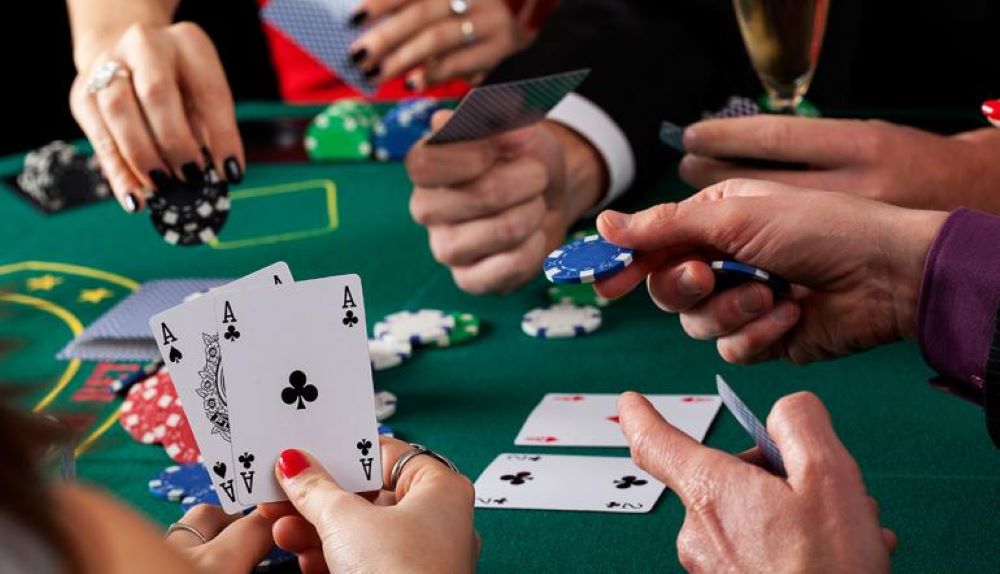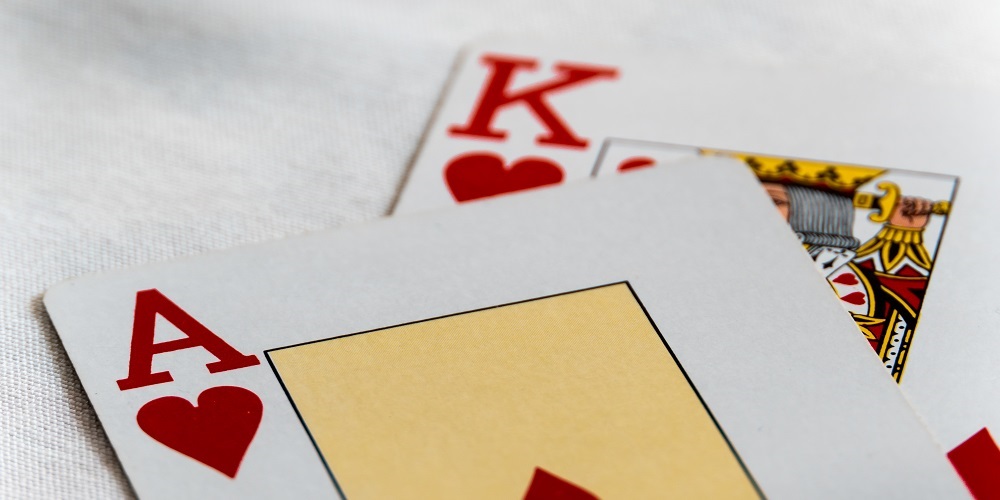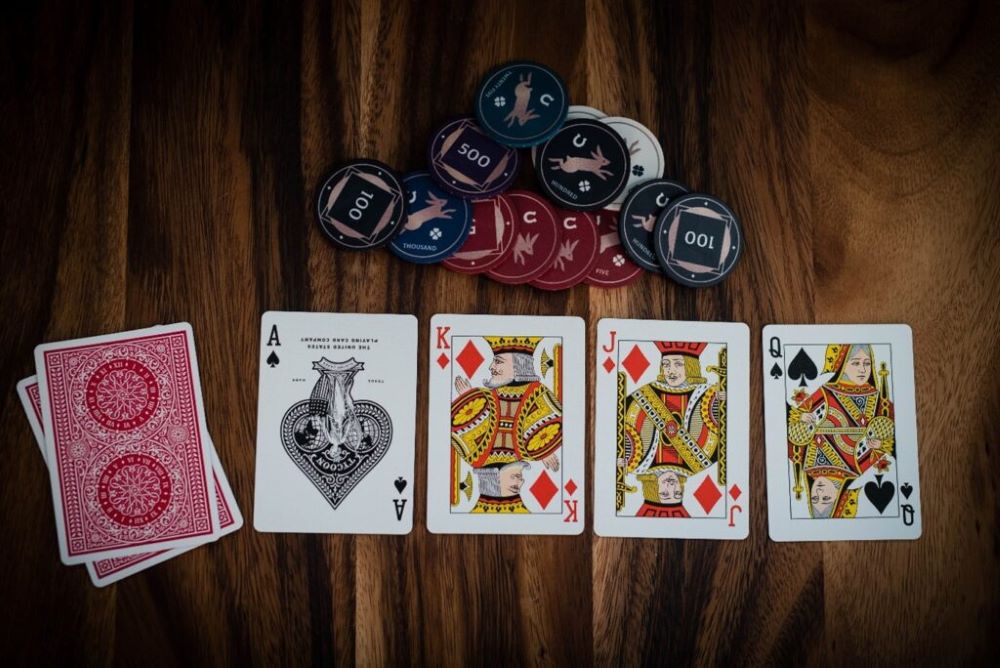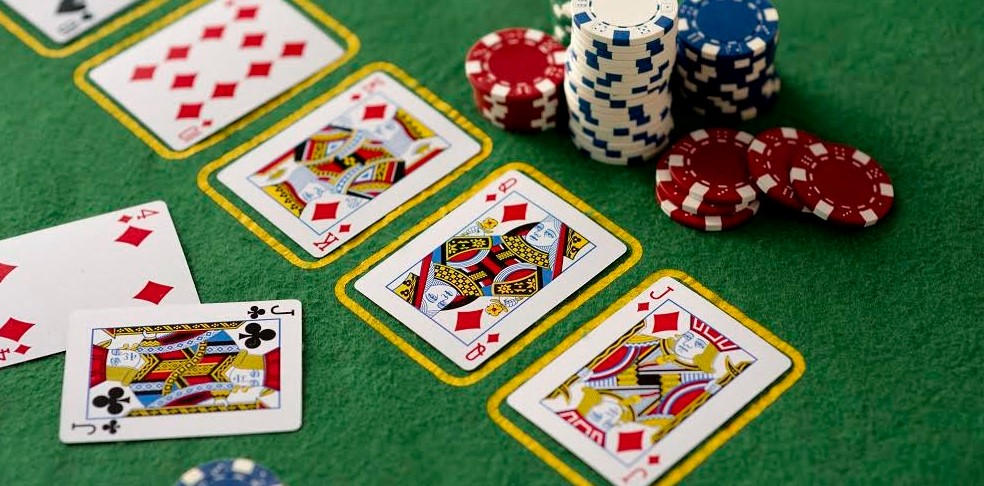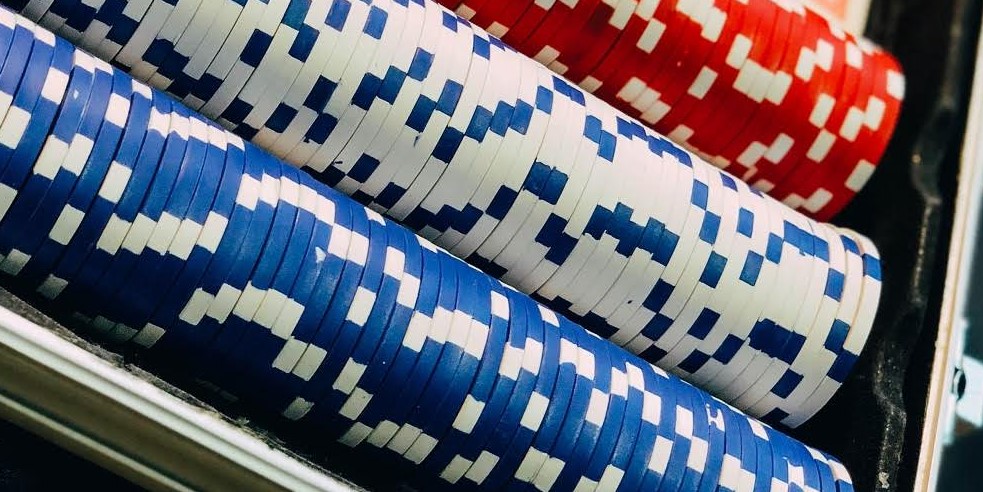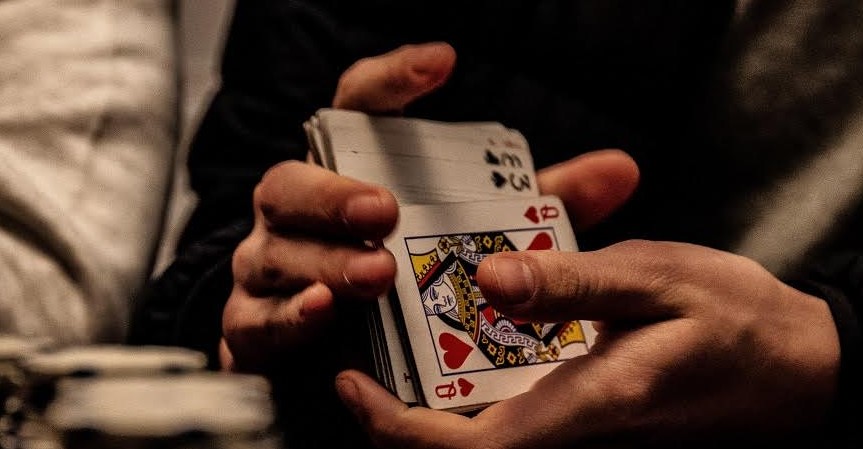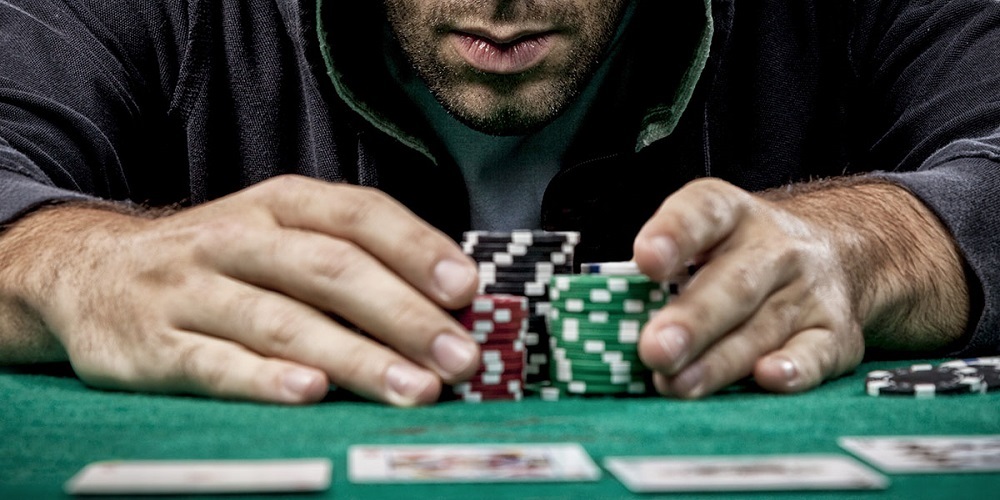You may have heard some players say that the big blind is one of the worst features of a poker game because of what it entails. Precisely because of the bb, for many being UTG is something so problematic: the fact of having to post the big blind -UTG sits right after the bb- is something that nobody likes but you can take advantage of it if you know how.
What is a big blind in poker? What about the small blind? What are the differences between them? As we will see, the big blind is the player who puts the most into play without seeing the cards. Is it ideal? Not at all. In fact, a player in this position can be very compromised. Let’s see the differences between big blind vs small blind.
What is a big blind in poker?
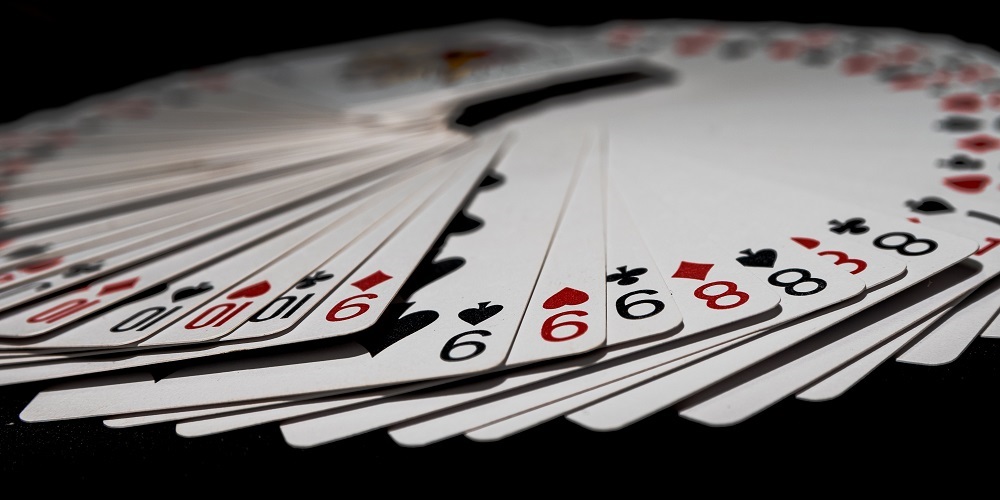
Being the big blind in poker is not ideal, but it has a number of advantages that are worth knowing because it is possible to take advantage of it if the big blind falls on you.
Think about this: if you are the big blind, the whole table talks before you. That’s great because you end up betting with as much information as possible. This also allows you to get an idea of what is the position of each player preflop, starting to profile your biggest threats of the round.
Keep in mind that in poker positions rotate, so it is convenient to take advantage of this when the big blind is you.
In poker, the blinds are the ones that stipulate in each round the minimum amount of pot to play the hand and mark the positions of the table. The big blind sits to the left of the small blind, and the small blind sits just to the left of the dealer button.
In limit games, the Small Blind is half the minimum bet, and the Big Blind is twice the value of the Small Blind. For example, in a 6/12 Euro limit game, the Small Blind would be 3 and the Big Blind would be 6.
What is a small blind in poker?
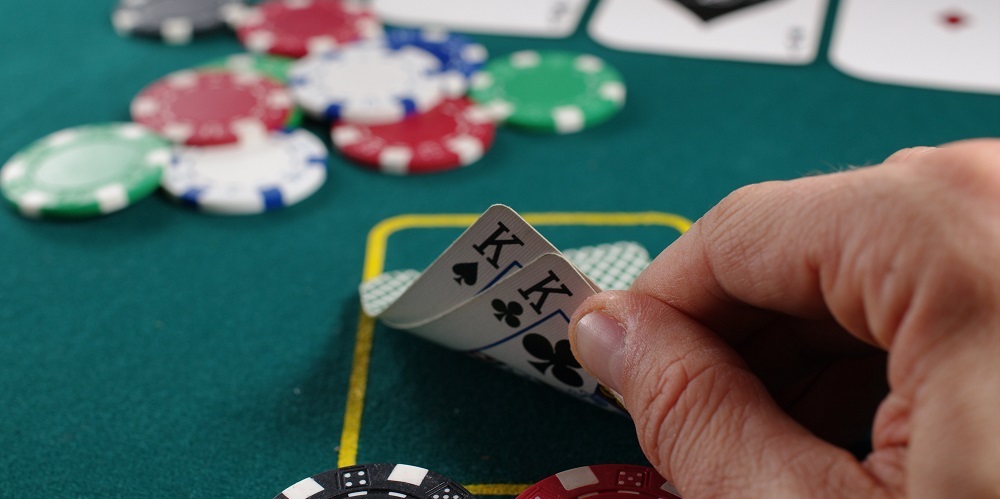
As we said, the small blind in poker is half of the minimum bet, and both the small and the big blind mark the type of game to be played. For example, in cash games the blinds do not change and mark at all times the stake in which we are going to play. There are online poker games with very affordable blinds, from 0,01/0,02 € even. These are the low-stakes games. The opposite are the high-stakes games, where the concept is the same but the blinds are much higher.
In tournaments, the blinds are decisive. They go up as time goes by, regardless of whether it is multi-table or Sit & Go. Each tournament has a fixed time of blinds, which is the one that sets the pace as the game progresses. In longer tournaments, the small blind may start very low and go up exponentially as the games get longer.
Big Blind VS Small Blind
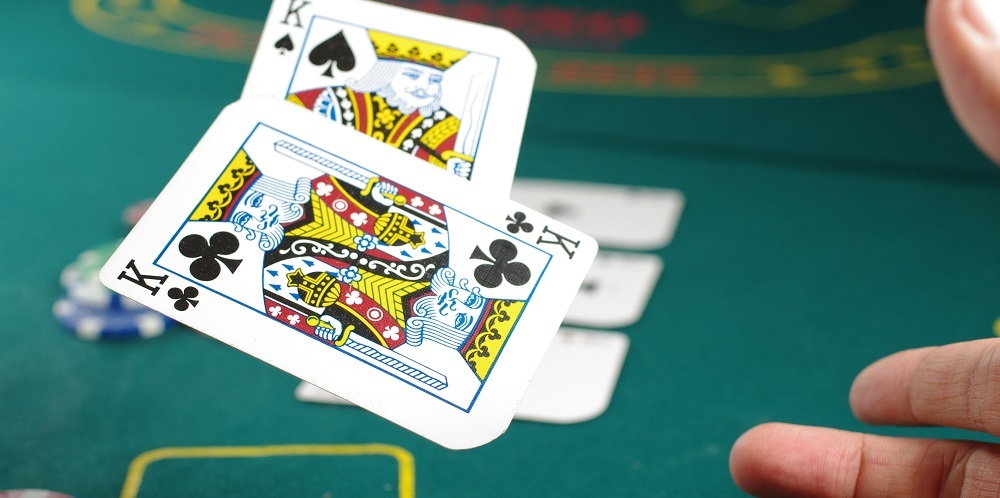
The role of the blinds is crucial for the development of the games, and in tournaments and games where their value varies, it is important not to lose sight of them. The positions are moving, shifting one position per turn, so that all players can have Dealer position, and in tournaments they go up over time, but all this seen on paper is one thing and in practice is another.
Let’s see for example how the blinds influence the role of a player. Let’s imagine that the blinds are 25/50. The player who is in the bb must release 50 chips to continue playing. In case no one raises, the small blind will have to pay 25 and when it is his turn he can fold or call, paying after 25 chips to the big blind. He can also raise (re-raise), starting another round of betting. And always, always, the player in the big blind is the last to bet.
Which is better? There is no fixed answer to that. Each of the blinds can be exploited in favor of the player who occupies that spot in the round. For example, if you have a very top hand, being big blind in a Texas Hold’em game can play in your favor if you decide to hide your draw until the last moment, as you will accumulate a lot of information about the others.
With two aces, being bb gives much more play. You will have to pay attention to whether the hand is clean, how the others can interpret a raise from you (they will see that you are defending the blind), or how by calling you can show that you want to hide data. In other words: being one of the blinds in a Texas Hold’em game can be beneficial if you learn to use your position to distort the perception of your game.
Another example of how to play with the blinds: when stealing, you have to do it from a safe position. Nobody would think of stealing a blind from UTG (first position to talk “under the gun”), and even less if there are players left to talk. You can try to get chips in from the small blind to try to take the big blind, but the hand would have to come clean. It is even possible that you could take the call of a fisher.
There is a lot of play and many ways to take advantage of the potential of the blinds. The point is to be aware of your position, the type of game and how you can manipulate the perception of your play by occupying the blinds.
